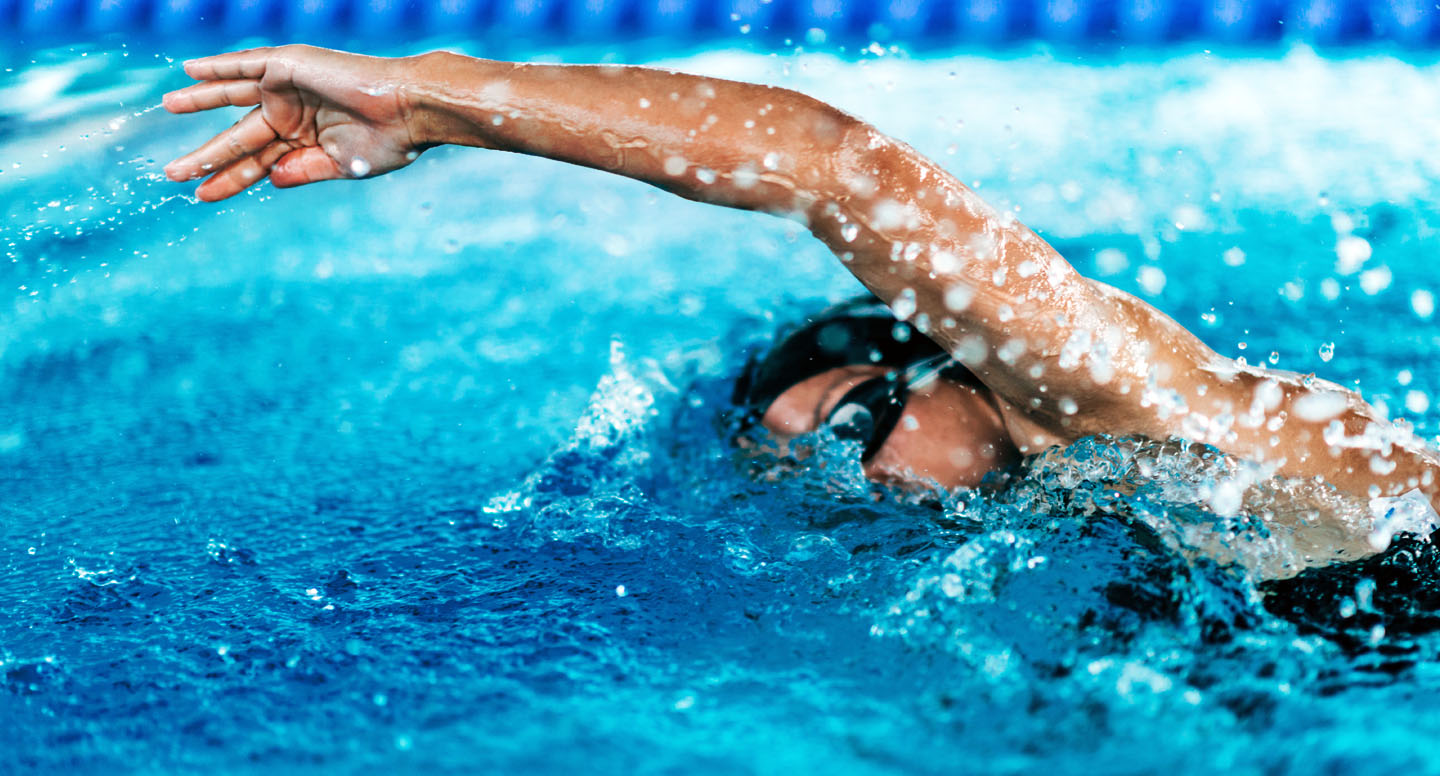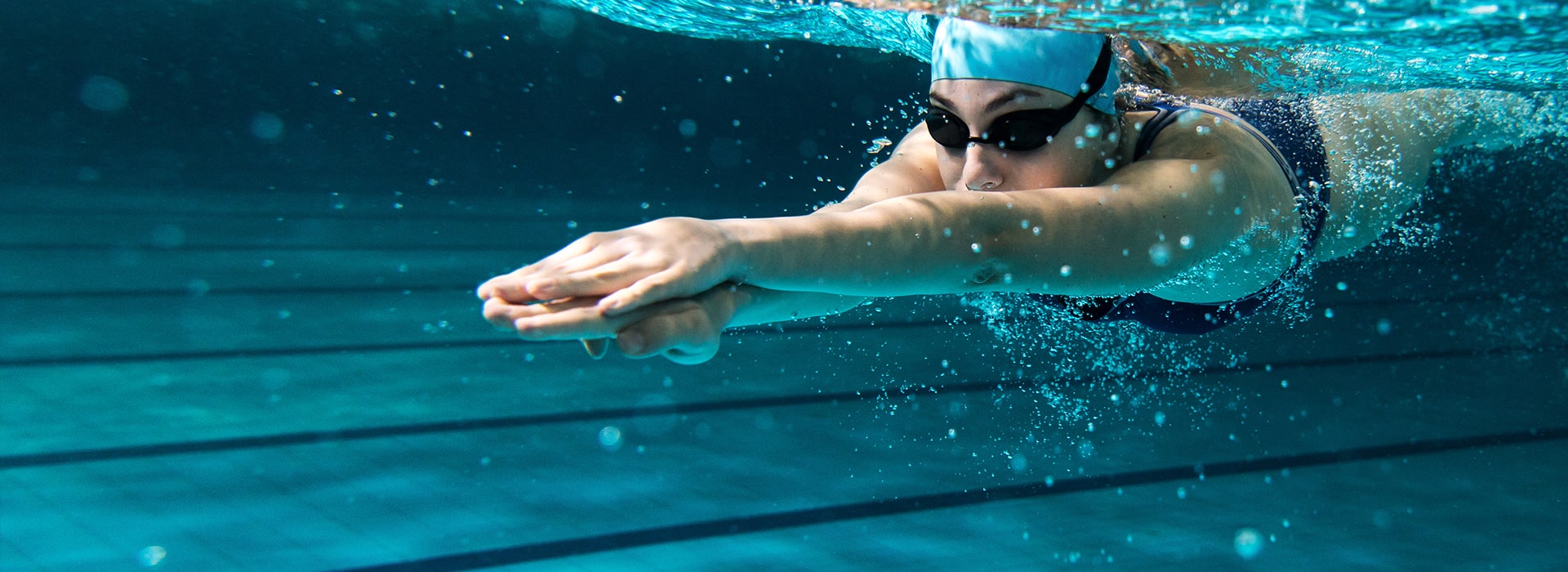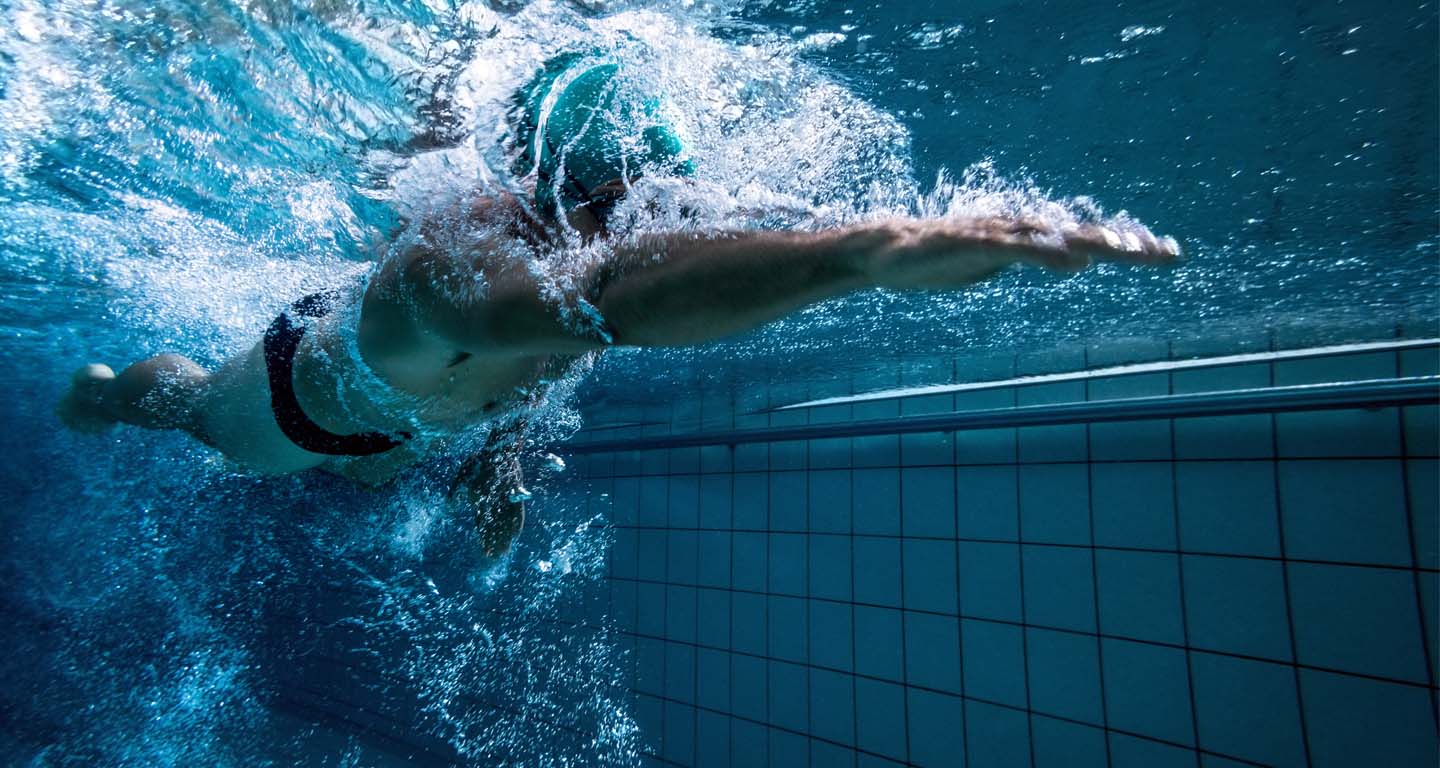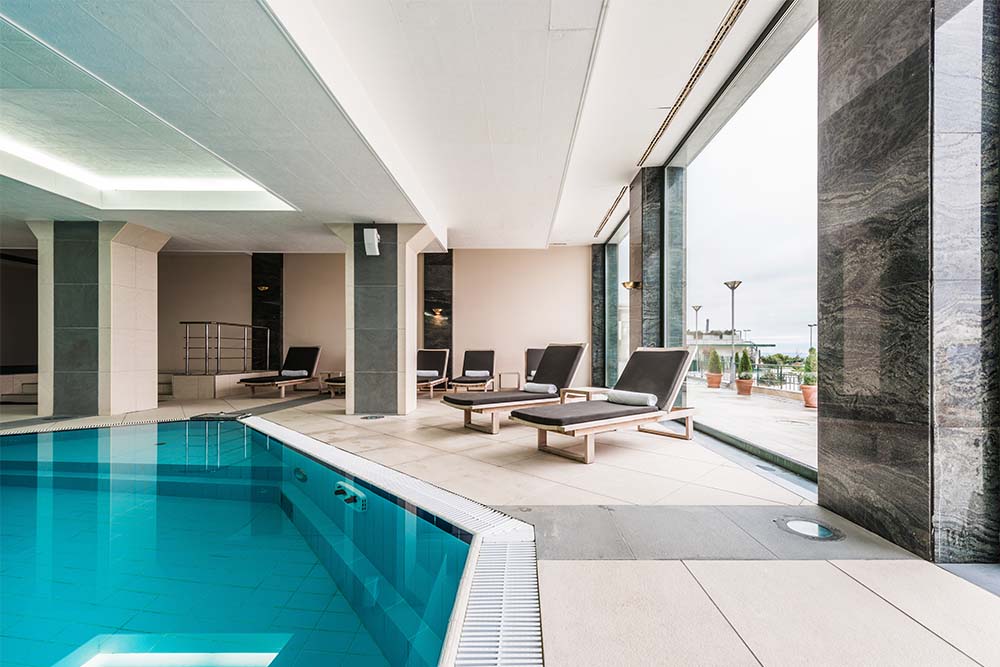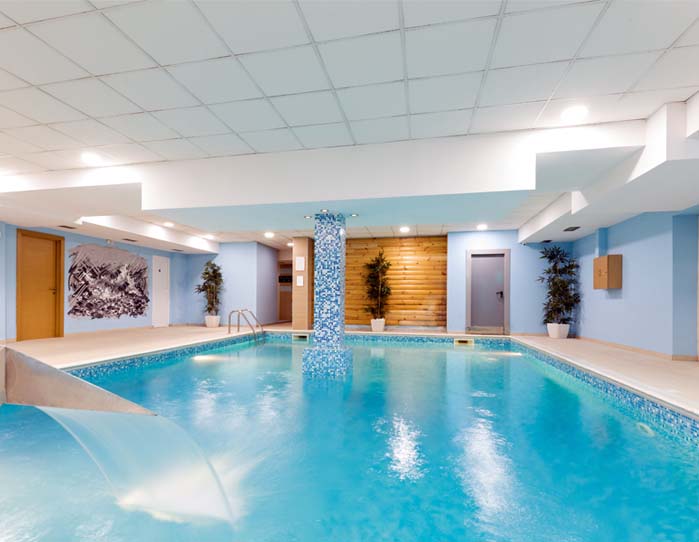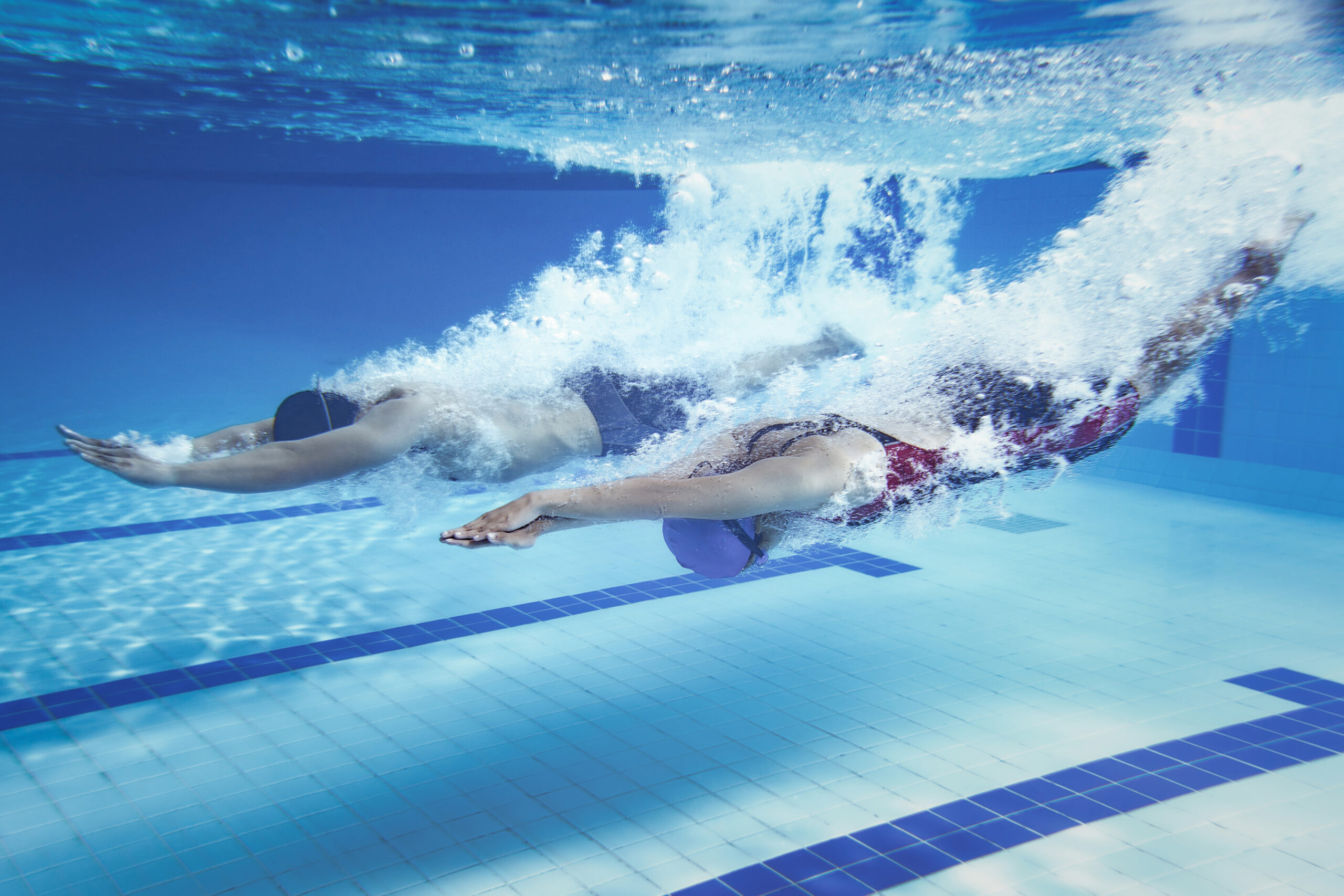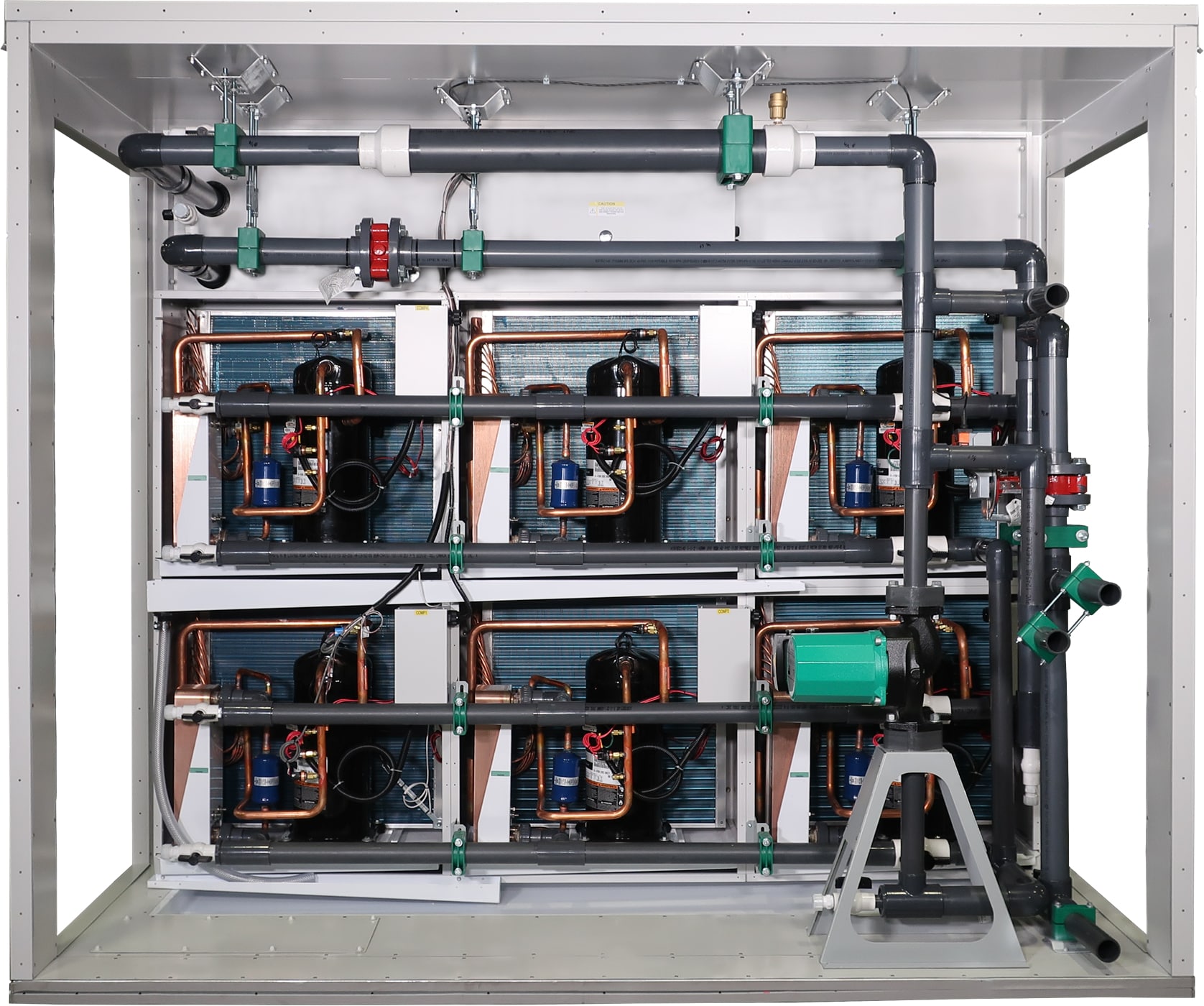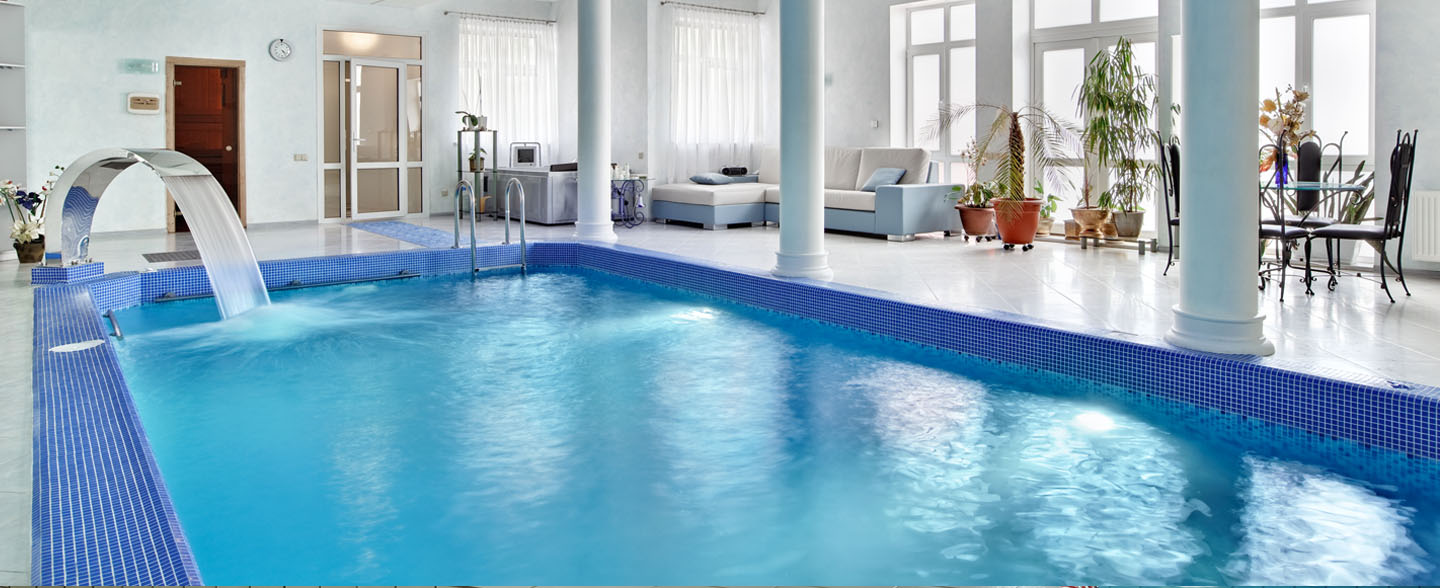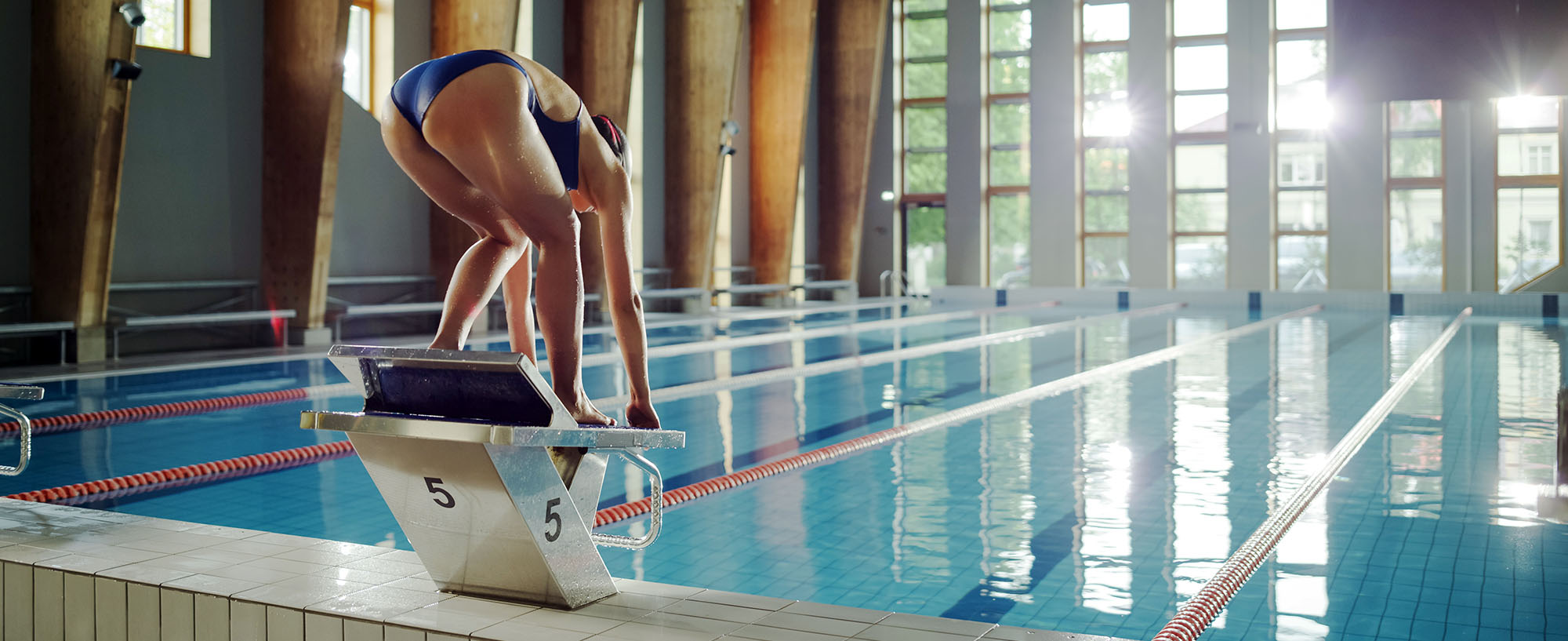When it comes to maintaining an indoor pool, one of the most crucial pieces of equipment you’ll need is a dehumidification unit. Without an effective indoor pool dehumidification system, air quality, discomfort, and even mold can become very real issues for your guests.
Not all dehumidification units are created equal. But how do you know which unit will get the job done? If you’re in the market for a new or replacement indoor pool dehumidifier, here are some features to look for that set one indoor pool dehumidification units apart.
Features to Look for in Your Indoor Pool Dehumidification Unit
Energy Efficiency
Effectively managing indoor pool humidity requires a lot of power. That makes energy efficiency a top priority for any indoor pool dehumidification unit. High-quality units are designed to minimize energy consumption while maximizing performance.
These units often incorporate advanced technologies like variable speed compressors and smart sensors that adjust the dehumidification process based on real-time humidity levels, leading to significant energy savings. Seresco indoor pool dehumidifiers even have features that direct excess compressor heat back into the pool water, reusing the heat to manage pool temperature.
Capacity and Performance
The capacity of a dehumidification unit refers to how much moisture it can remove from the air within a given period. This is typically measured in pints or liters per day. Superior units offer a higher capacity, which is essential for larger pools or spaces with high humidity levels.
Choosing the right size dehumidifier for your needs is critical – but so is the unit’s overall performance. Your indoor pool dehumidifier should be able to maintain consistent humidity levels without frequent cycling on and off, which can wear down the equipment and lead to higher energy costs. Choosing an underpowered dehumidification unit can lead to air quality issues and mold, which can become a health risk for your guests.
Look for flexible solutions that can suit your space, or models with additional features that enhance performance in the specific ways you need.
Noise Levels
Indoor pools are places to relax, exercise, and have fun. The last thing you want is a noisy dehumidification unit disrupting everybody’s good time. The best units operate quietly, keeping noise pollution down within the pool environment.
When selecting a dehumidification unit, pay attention to the noise levels, often measured in decibels (dB). Anything above 85 decibles is considered harmful to hearing – but it doesn’t have to get that far to be irritating to visitors. Your guests will thank you for choosing a dehumidifier with sound-dampening features, or low-noise modes of operation that keep the volume low.
Durability and Build Quality
The high humidity and chlorine of an indoor pool makes for a highly corrosive environment. Dehumidification units need to be robust and durable to survive long-term use.
High-quality units are constructed with corrosion-resistant materials and designed to withstand challenging conditions. That’s why Seresco indoor pool dehumidification units are built from wear-resistant titanium and designed to protect the most vulnerable components.
Installing a new indoor pool dehumidifier is costly. Your unit needs to stand the test of time to keep costs to a minimum. Manufacturers that stand by their product will make their specifications and materials readily available so you can find a high-quality unit. Warranties are also a good sign that a manufacturer builds their product to last.
Ease of Maintenance
Maintenance is a key factor in the long-term performance and efficiency of a dehumidification unit. Superior units are designed with user-friendly features that make maintenance easy. This includes accessible filters that can be easily replaced and mechanical vestibules that are easy to reach and maintain. The best indoor pool dehumidification units are designed so that the unit can even keep running while being serviced.
Making maintenance easy keeps service costs down. But it’s also important that your unit makes it clear when maintenance is necessary. The best units even come with self-diagnostic systems that will alert you when maintenance is needed, like Seresco’s WebSentry tool, preventing small issues from becoming major problems.
Control and Monitoring Features
Modern dehumidification units come equipped with advanced control and monitoring features. These include digital displays, remote controls, and integration with home automation systems.
The best units offer precise control over humidity levels and allow for easy monitoring and adjustments. Some even provide smartphone apps for remote management, giving you peace of mind no matter where you are. Even more advanced control systems, like Seresco’s, will allow an authorized technician to adjust the settings of your dehumidification unit remotely.
These tools vary dramatically from manufacturer to manufacturer, but the right control mechanisms can make your indoor pool dehumidification unit much more effective.
Cost-Effectiveness
While the initial cost of a dehumidification unit is an important consideration, it’s equally important to consider the long-term cost-effectiveness. High-quality units might have a higher upfront cost, but they often result in lower operating costs due to their energy efficiency, durability, and ease of service.
Poorly managed humidity can damage the indoor pool facility, as well, leading to a wide array of structural issues that are very costly to repair. That initial investment more than pays for itself with a unit that keeps operating costs down compared to lower quality units. All of the features listed above add up to big savings in the long term.
There’s only one dehumidifier manufacturer that offers all of these features and more. Check out Seresco’s line of indoor pool dehumidification systems to get best in class performance, service, and efficiency.

